
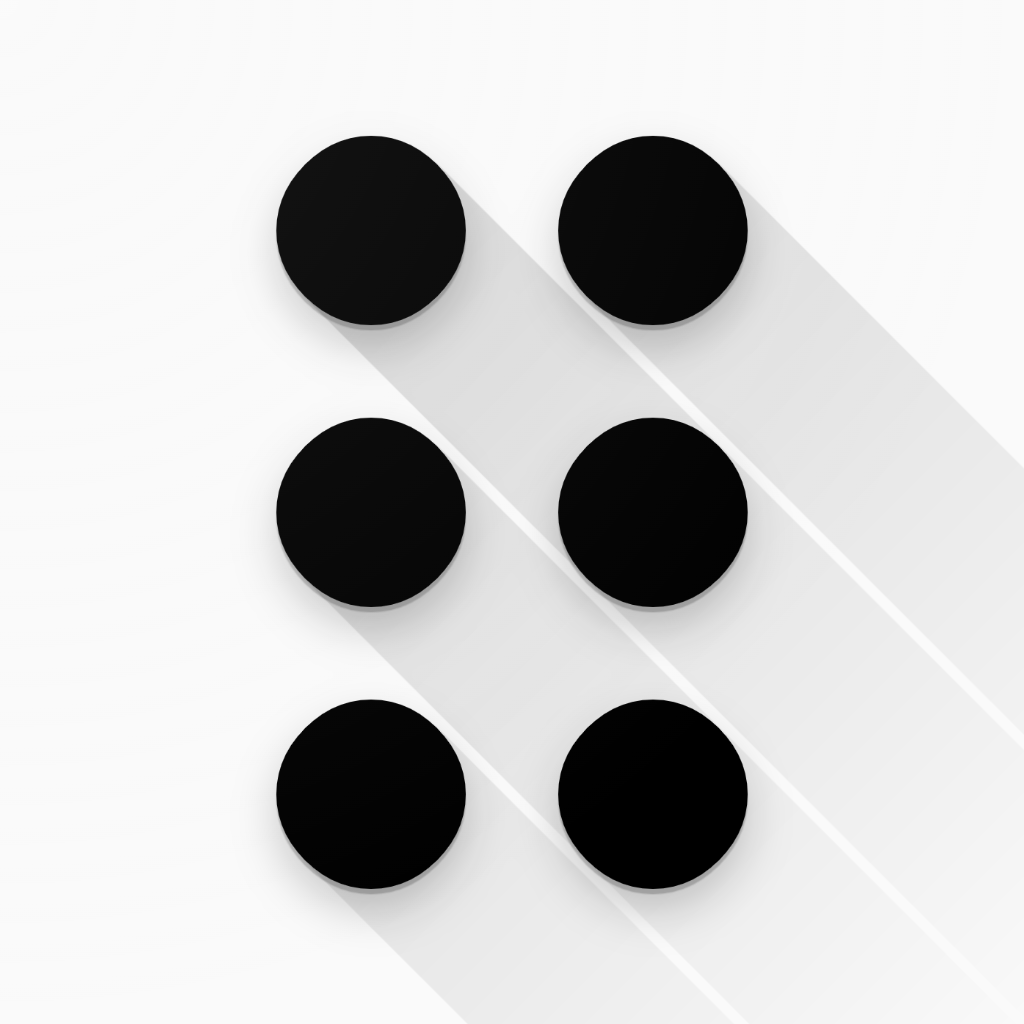 Dice
Dice
Roll unlimited virtual cube dice and see the sum of them. A cube with each of its six faces marked with a different number of dots (pips) from one to six. When thrown or rolled, the die comes to rest showing a random integer from one to six on its upper surface, with each value being equally likely

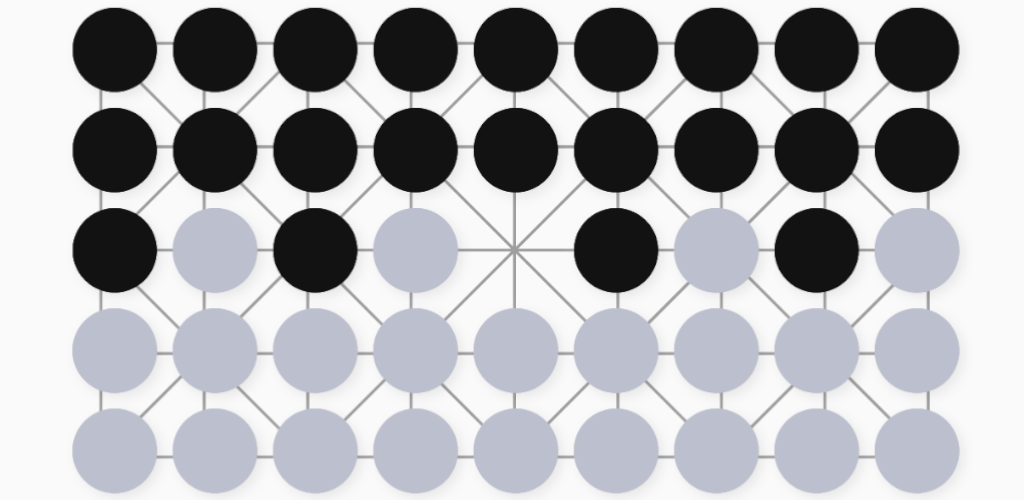
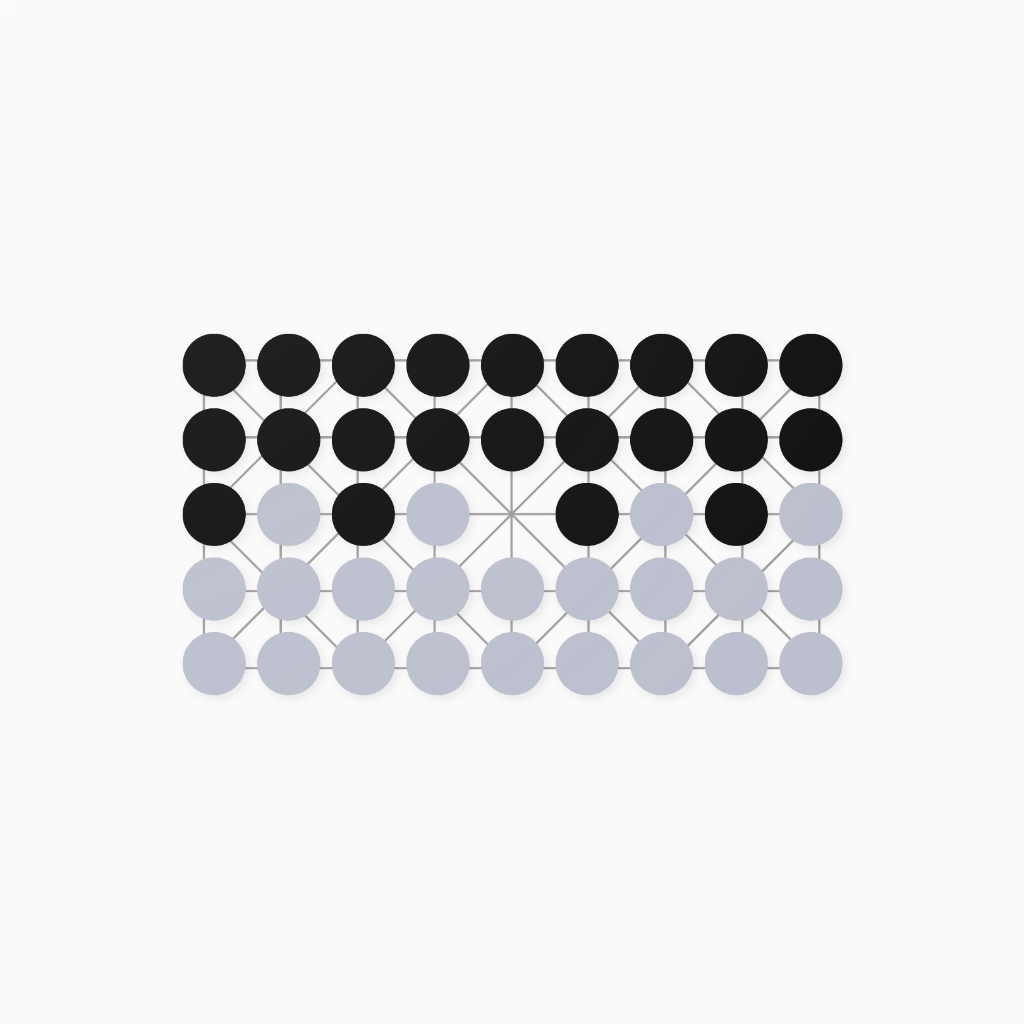 Fanorona
Fanorona
Fanorona is a strategy board game for two players. A line represents the path along which a stone can move during the game. There are weak and strong intersections. At a weak intersection it is only possible to move a stone horizontally and vertically, while on a strong intersection it is also possible to move a piece diagonally.

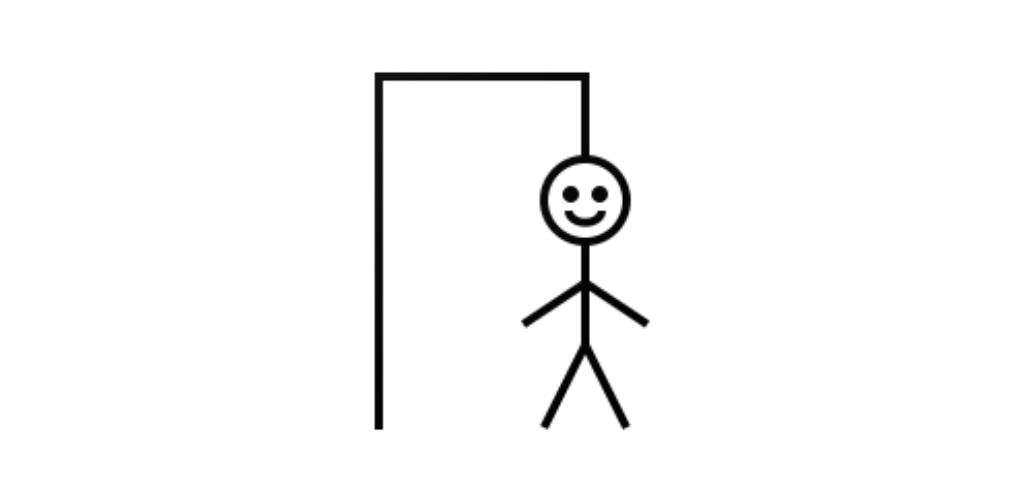
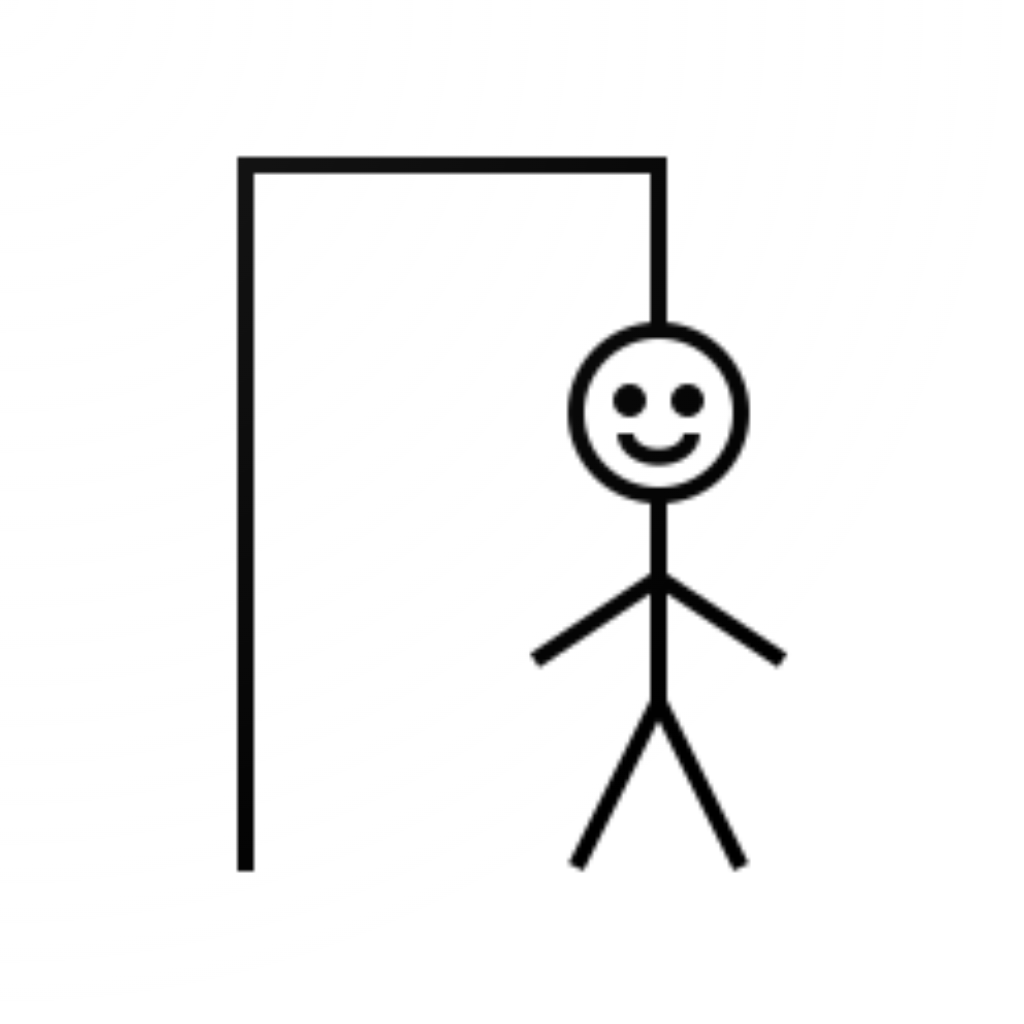 Hangman
Hangman
Hangman is a guessing game. Player tries to guess a word by suggesting letters within a certain number of guesses.

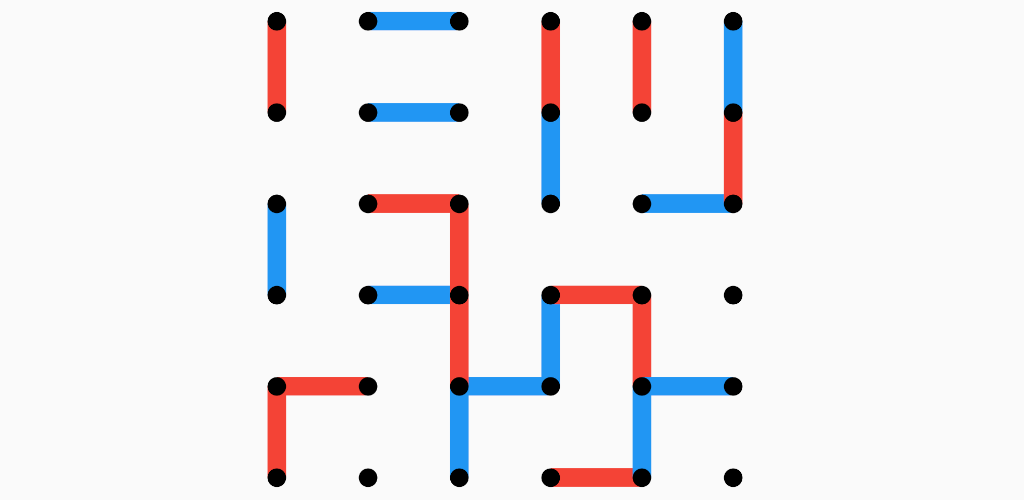
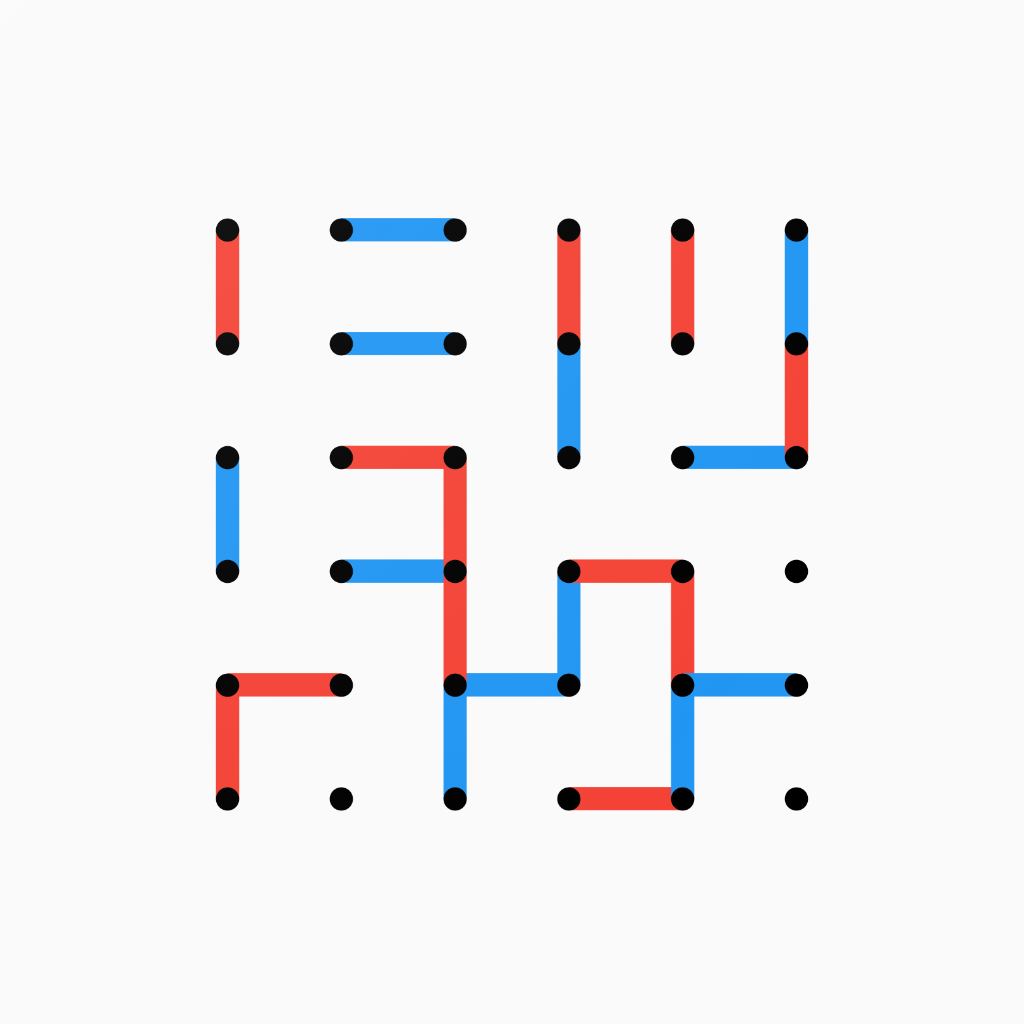 Dots and Boxes
Dots and Boxes
Dots and Boxes game for two players. The game starts with an empty grid of dots. Two players take turns adding a single horizontal or vertical line between two unjoined adjacent dots. A player who completes the fourth side of a 1×1 box earns one point and takes another turn. The game ends when no more lines can be placed. The winner is the player with the most points.

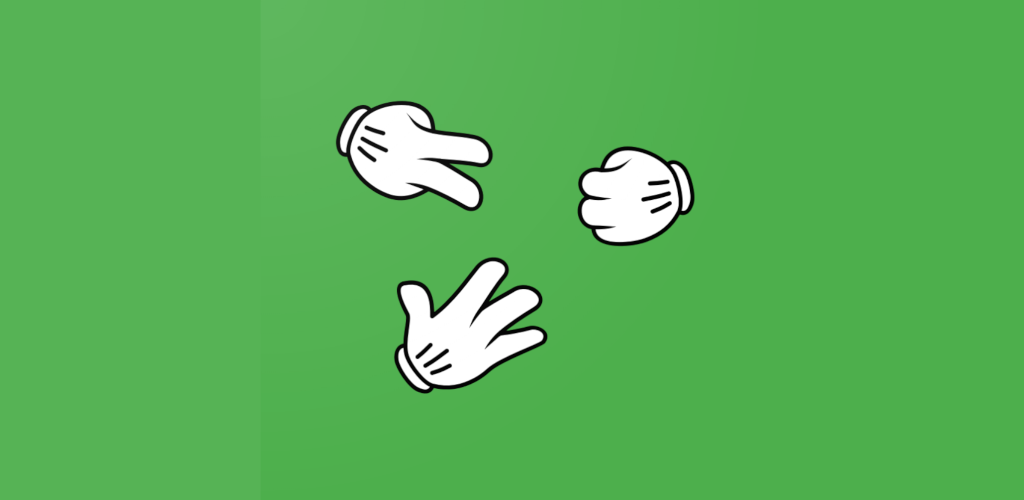
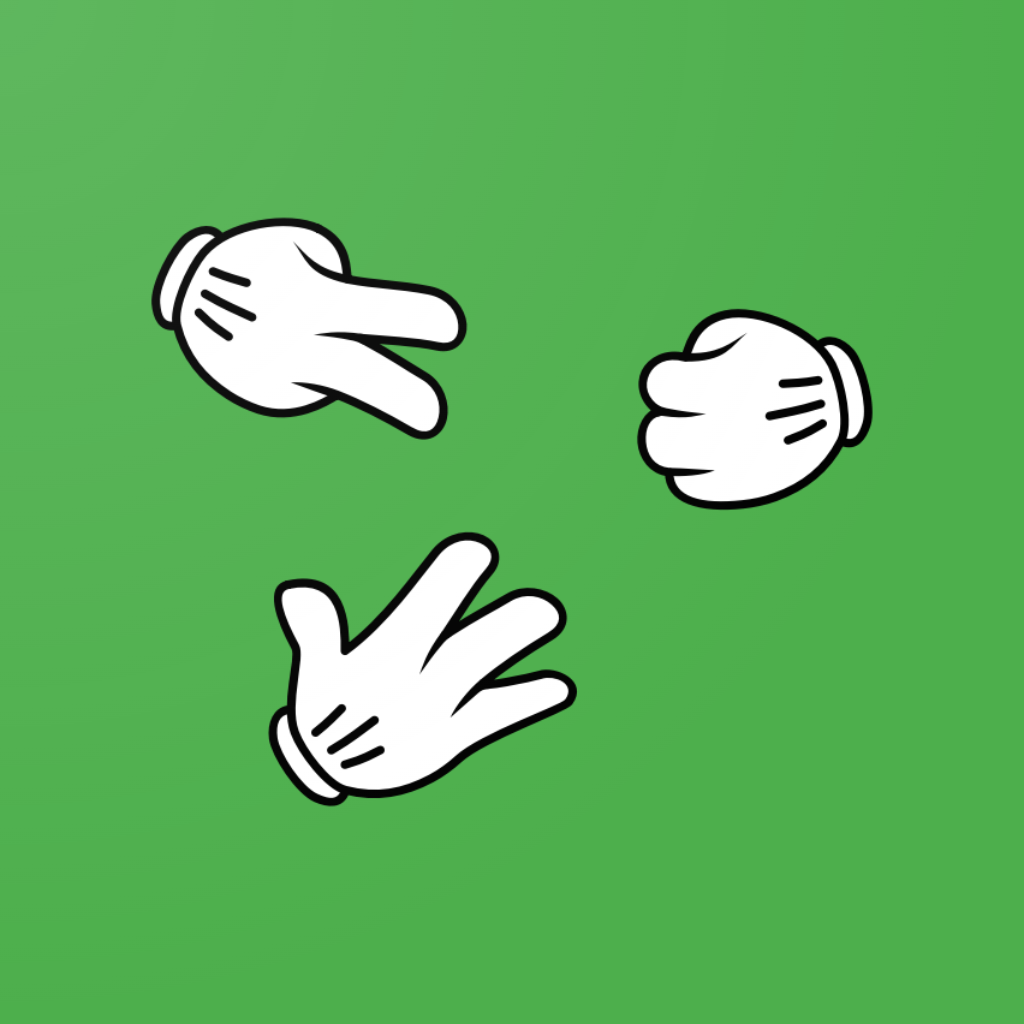 Rock paper scissors
Rock paper scissors
Rock paper scissors is a game players which choose one of three shapes has three possible outcomes: a draw, a win or a loss. A player who decides to play rock will beat another player who has chosen scissors ("rock crushes scissors") , but will lose to one who has played paper ("paper covers rock"), a play of paper will lose to a play of scissors ("scissors cuts paper").

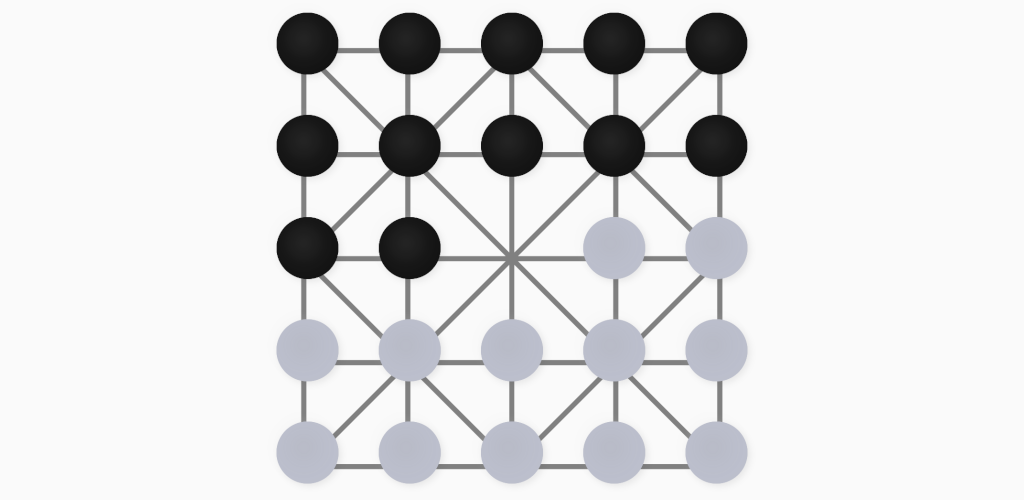
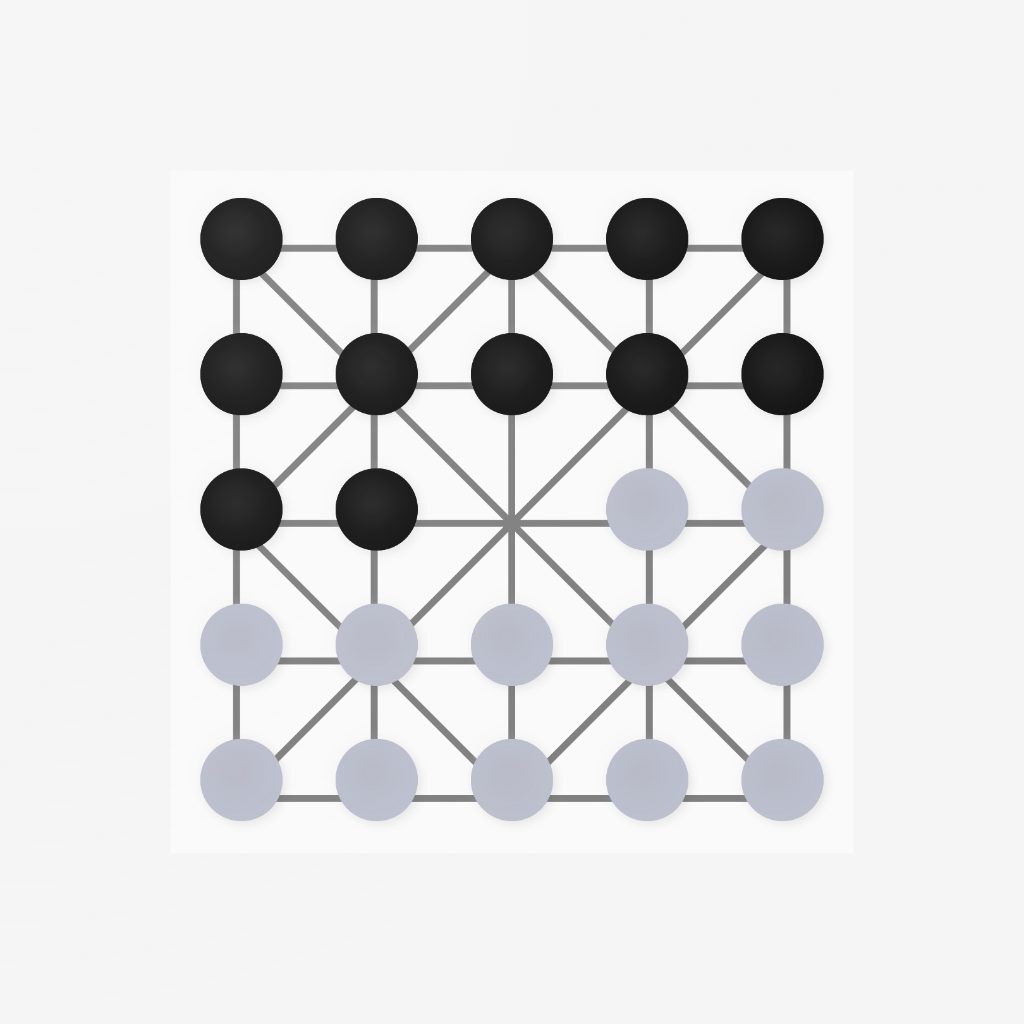 Alquerque
Alquerque
Alquerque is a strategy board game each player places their twelve pieces. The game is played in turns, with one player taking white and the other black. A piece can move from its point to any empty adjacent point that is connected by a line. A piece can jump over an opposing piece and remove it from the game, if that opposing piece is adjacent and the point beyond it is empty.


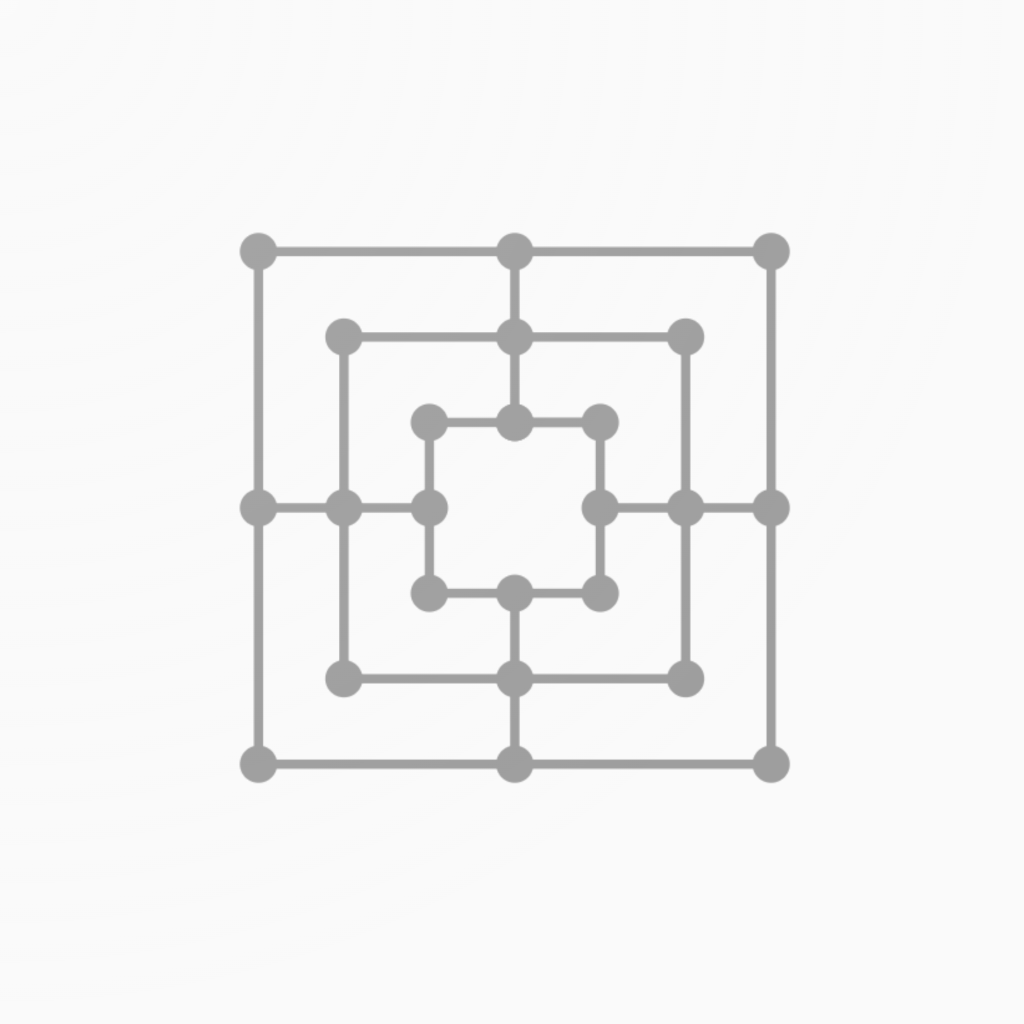 Nine men's morris
Nine men's morris
Nine men's Morris is a strategy board game for two players. The board consists of a grid with twenty-four intersections or points. Each player has nine pieces, or "men". Players try to form 'mills'—three of their own men lined horizontally or vertically—allowing a player to remove an opponent's man from the game.

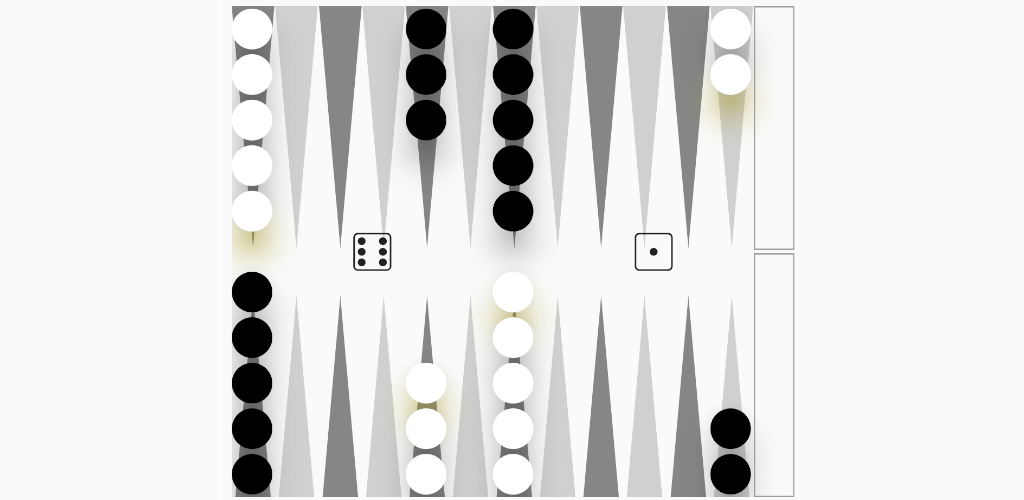
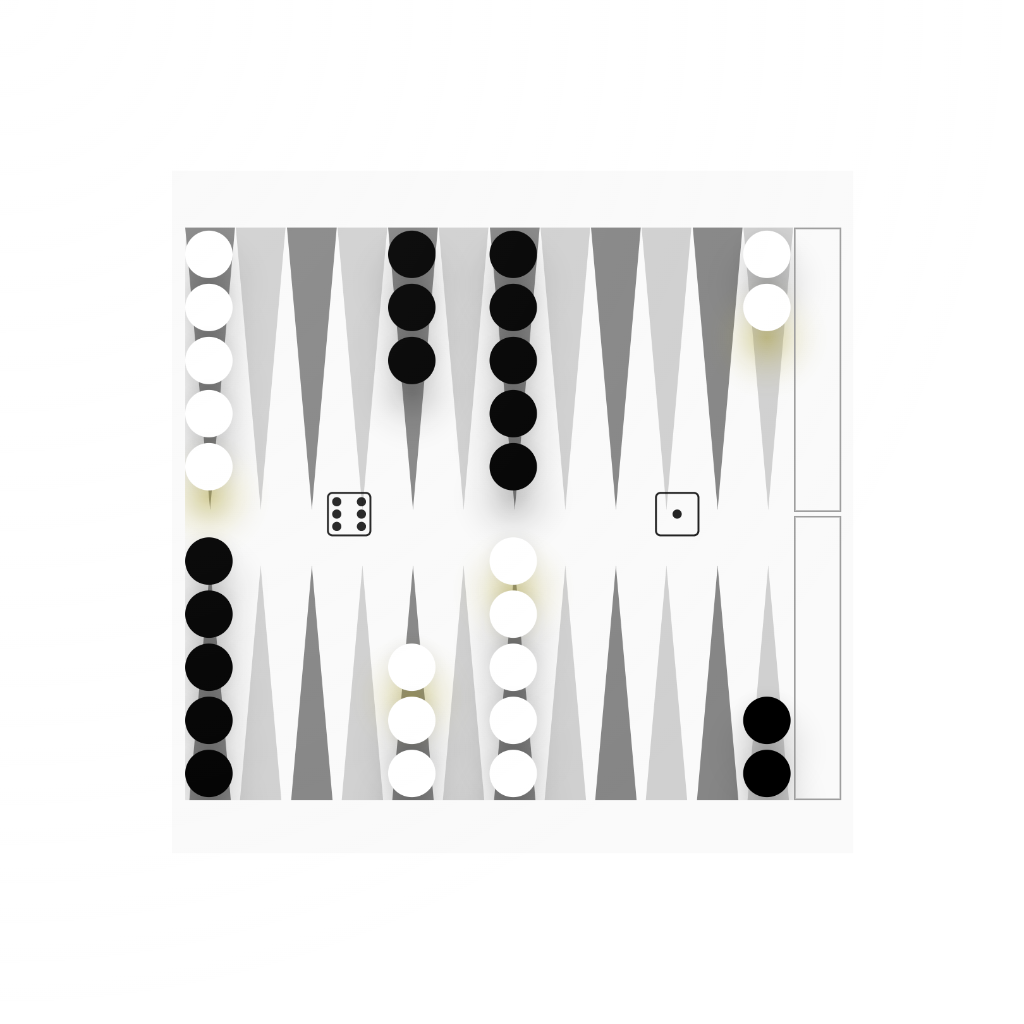 Backgammon
Backgammon
Backgammon is a two-player game in which each player has fifteen pieces. These pieces move along twenty-four 'points' according to the roll of two dice. The objective of the game is to move the fifteen pieces around the board and be first to bear off, i.e. remove them from the board.

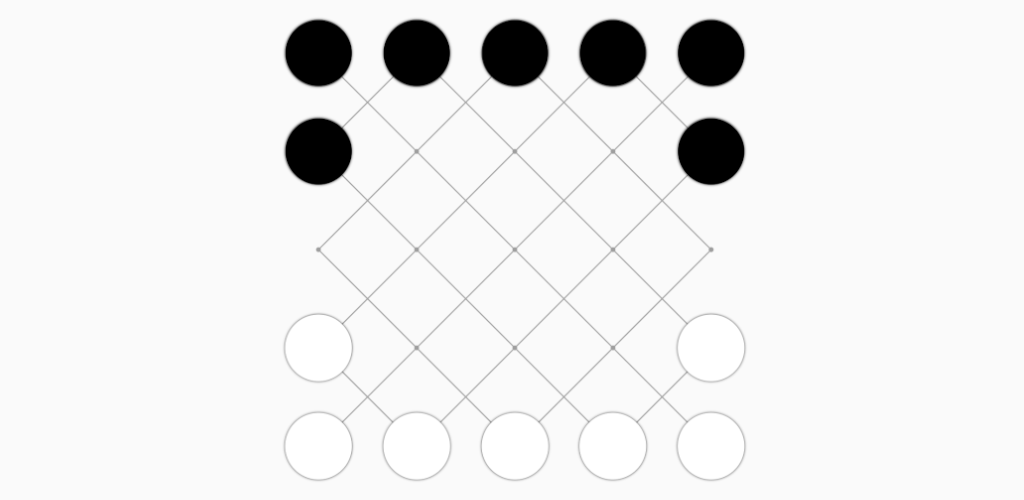
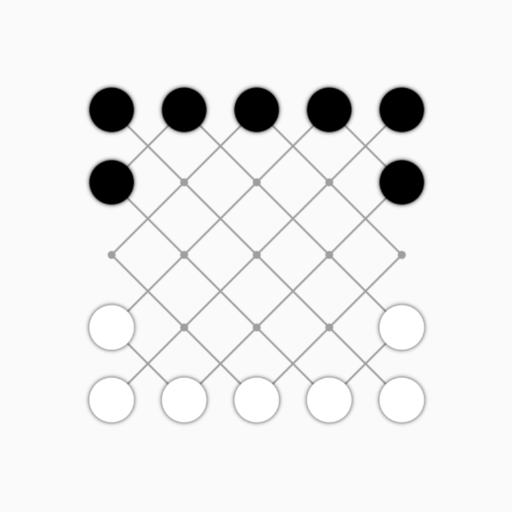 Five Field Kono
Five Field Kono
Five Field Kono (오밭고누) is a Korean abstract strategy game. A player wins by moving all of their pieces into the starting locations of their opponent's pieces. The players take turns moving one of their pieces one square diagonally. The first player to move all of their pieces to their opponent's starting squares wins.

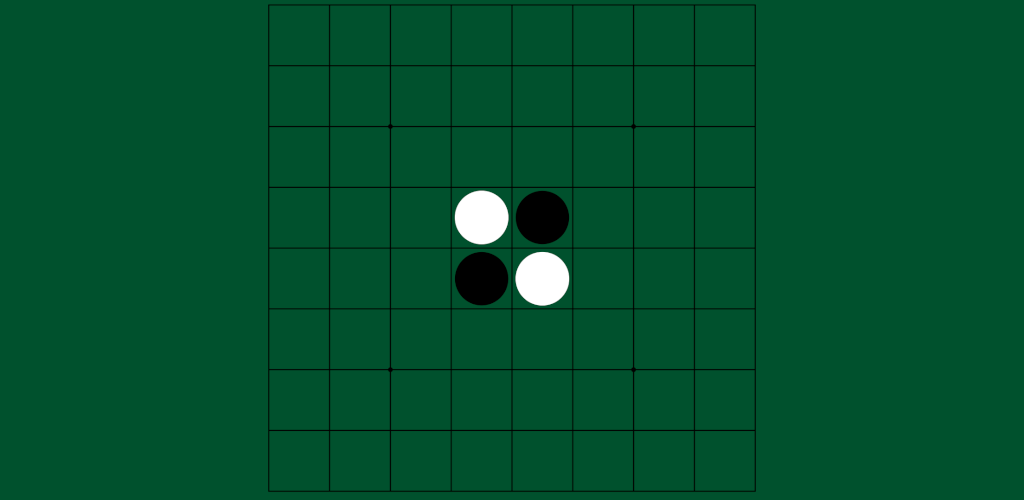
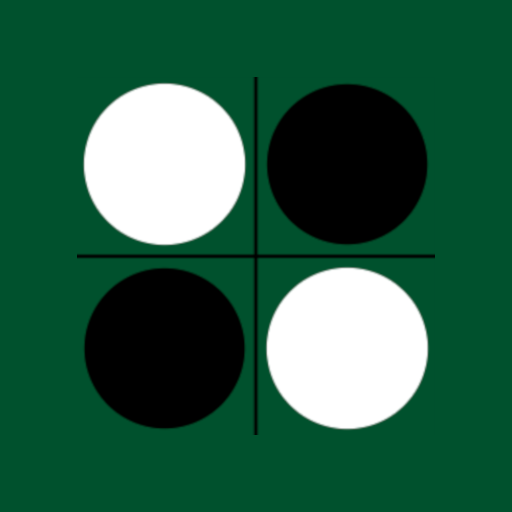 Reversi
Reversi
Reversi is a strategy board game for two players, played on an 8×8 uncheckered board. There are sixty-four identical game pieces called disks, which are light on one side and dark on the other. Players take turns placing disks on the board with their assigned color facing up.

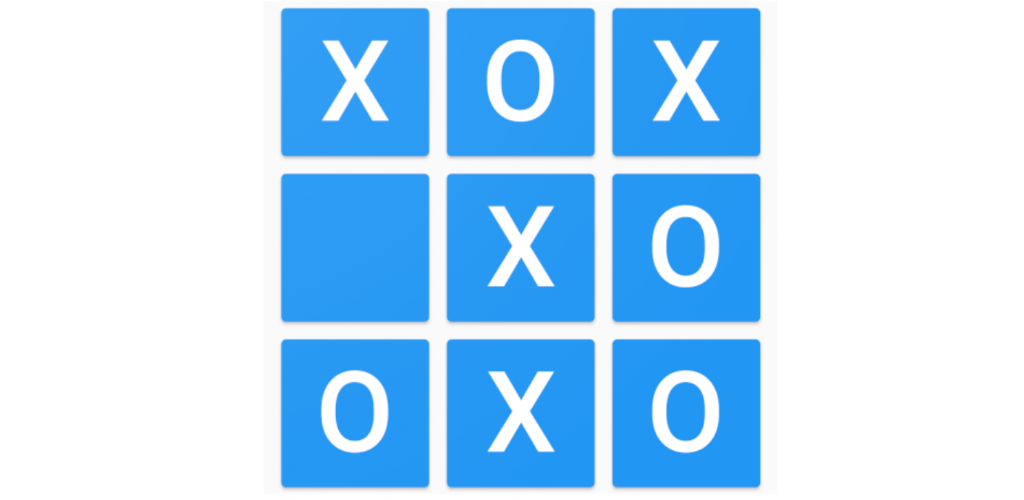
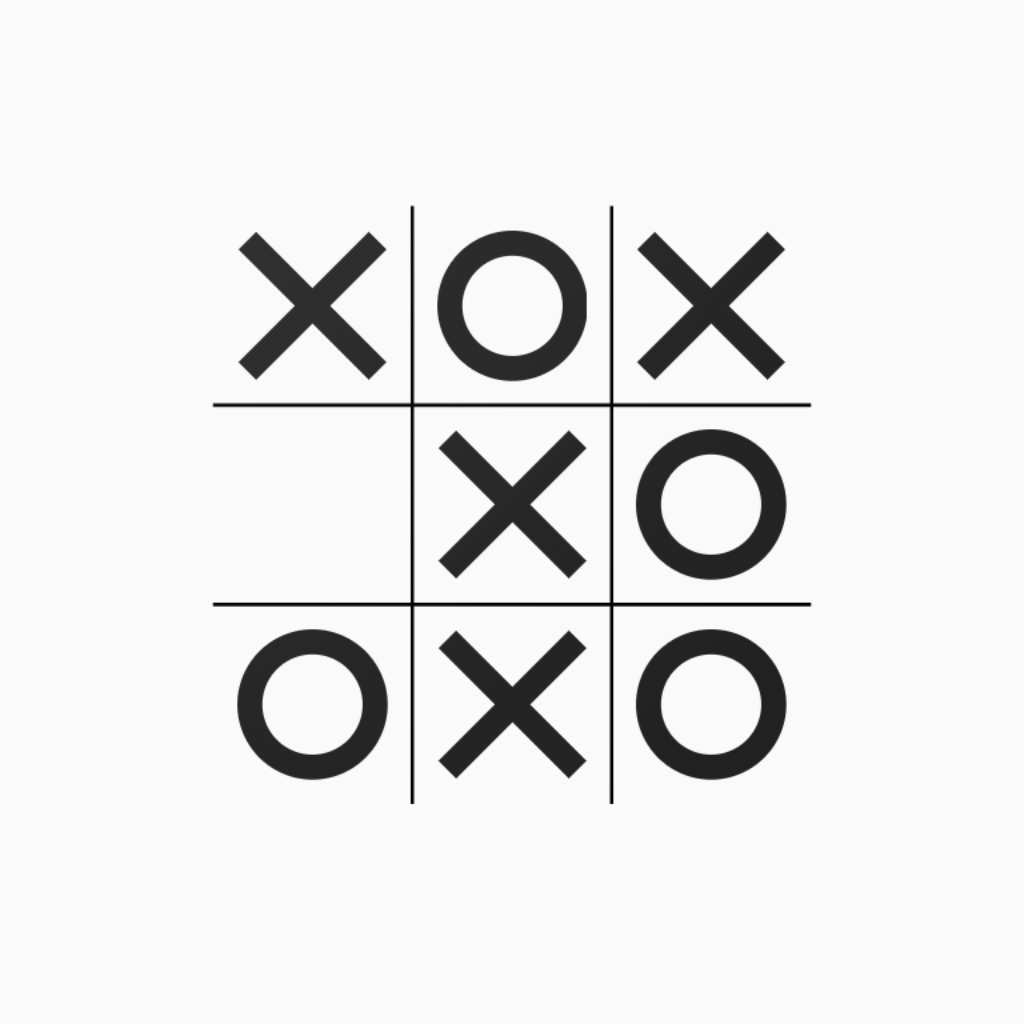 Tic Tac Toe
Tic Tac Toe
Tic tac toe is a game for two players who take turns marking the spaces in a three-by-three grid with X or O. The player who succeeds in placing three of their marks in a horizontal, vertical, or diagonal row is the winner. It is a solved game, with a forced draw assuming best play from both players.

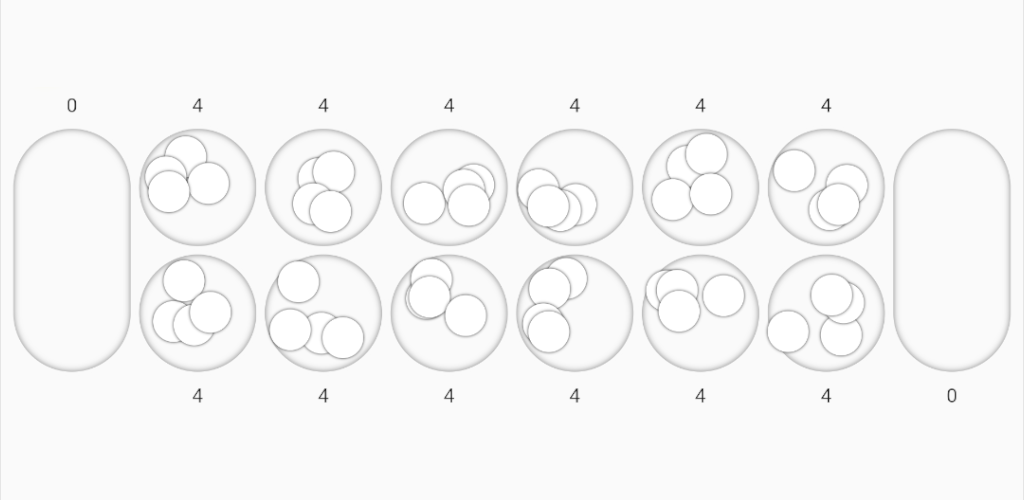
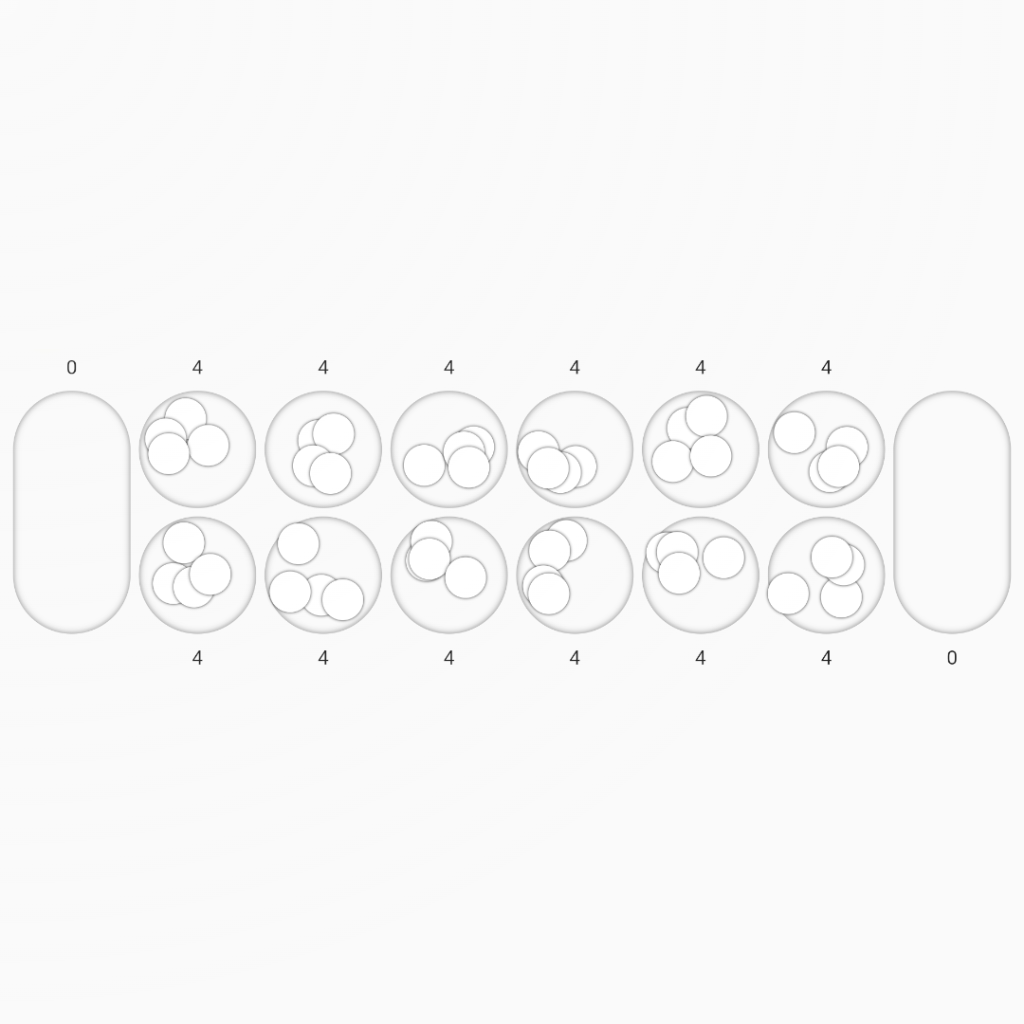 Mancala
Mancala
The mancala is a two-player turn-based strategy board game played.The objective is to capture more of the opponent's pieces.


 Learn the countries
Learn the countries
Learn the countries of the world test your knowledge in global geography. Test your knowledge about the countries flags, select all countries or a specific continent. Guess the capital of the country

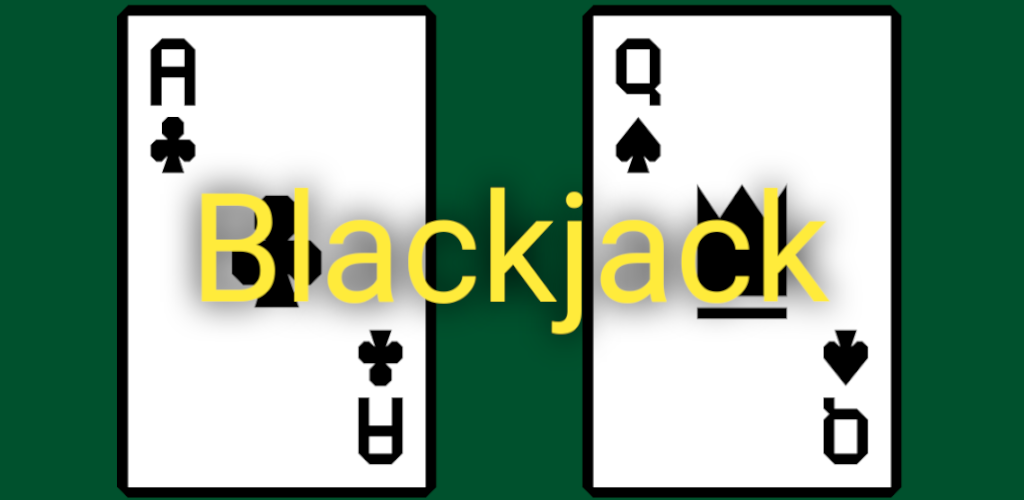
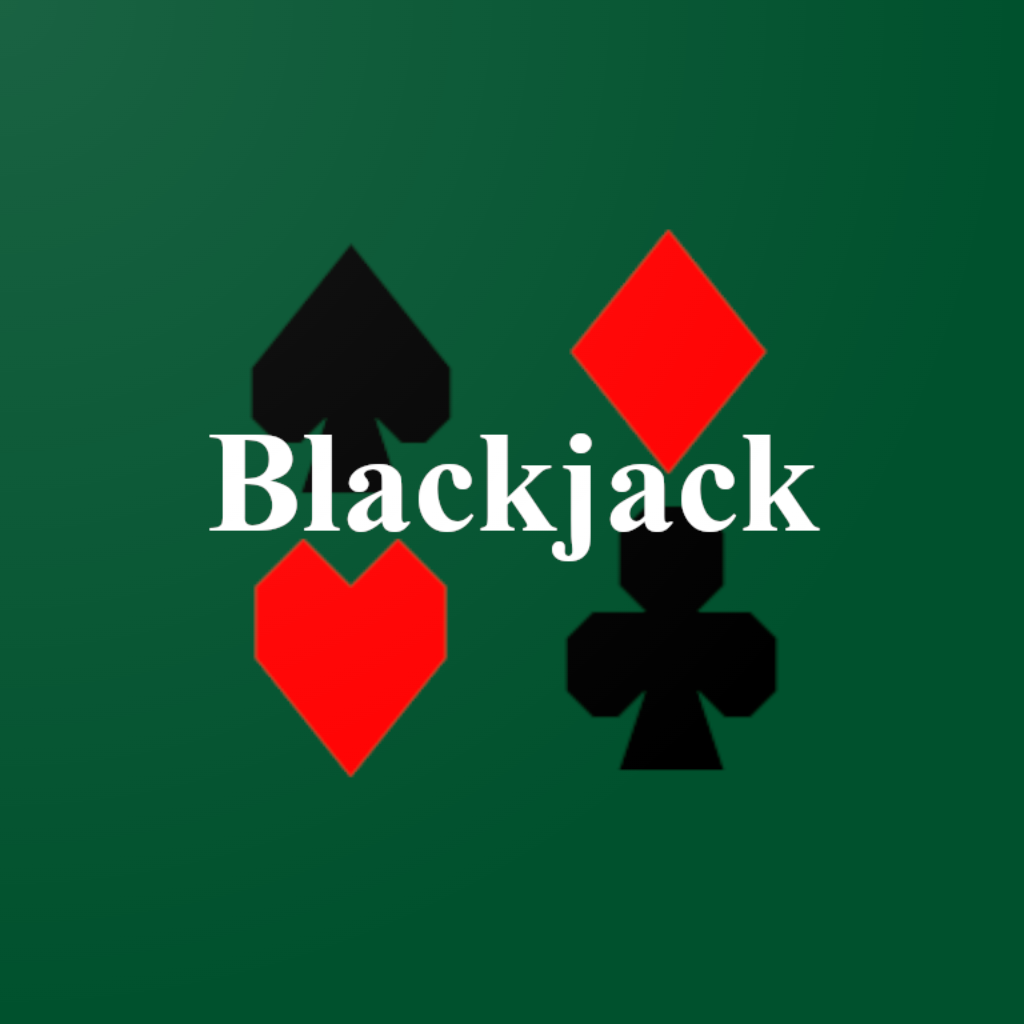 Blackjack
Blackjack
Blackjack uses decks of 52 cards. Blackjack players do not compete against each other. The game is a comparing card game where each player competes against the dealer.


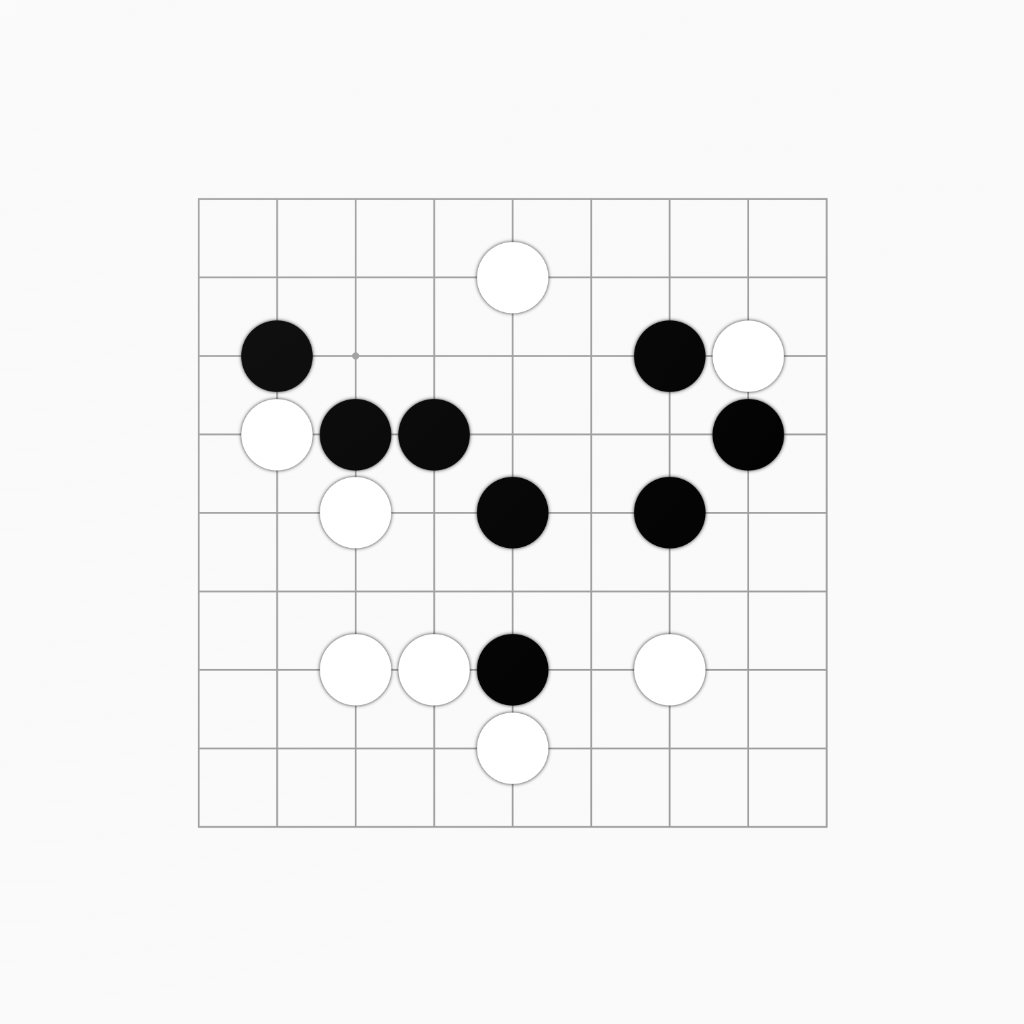 Go
Go
Go is an abstract strategy board game for two players in which the aim is to surround more territory than the opponent. Go is an adversarial game with the objective of surrounding a larger total area of the board with one's stones than the opponent.


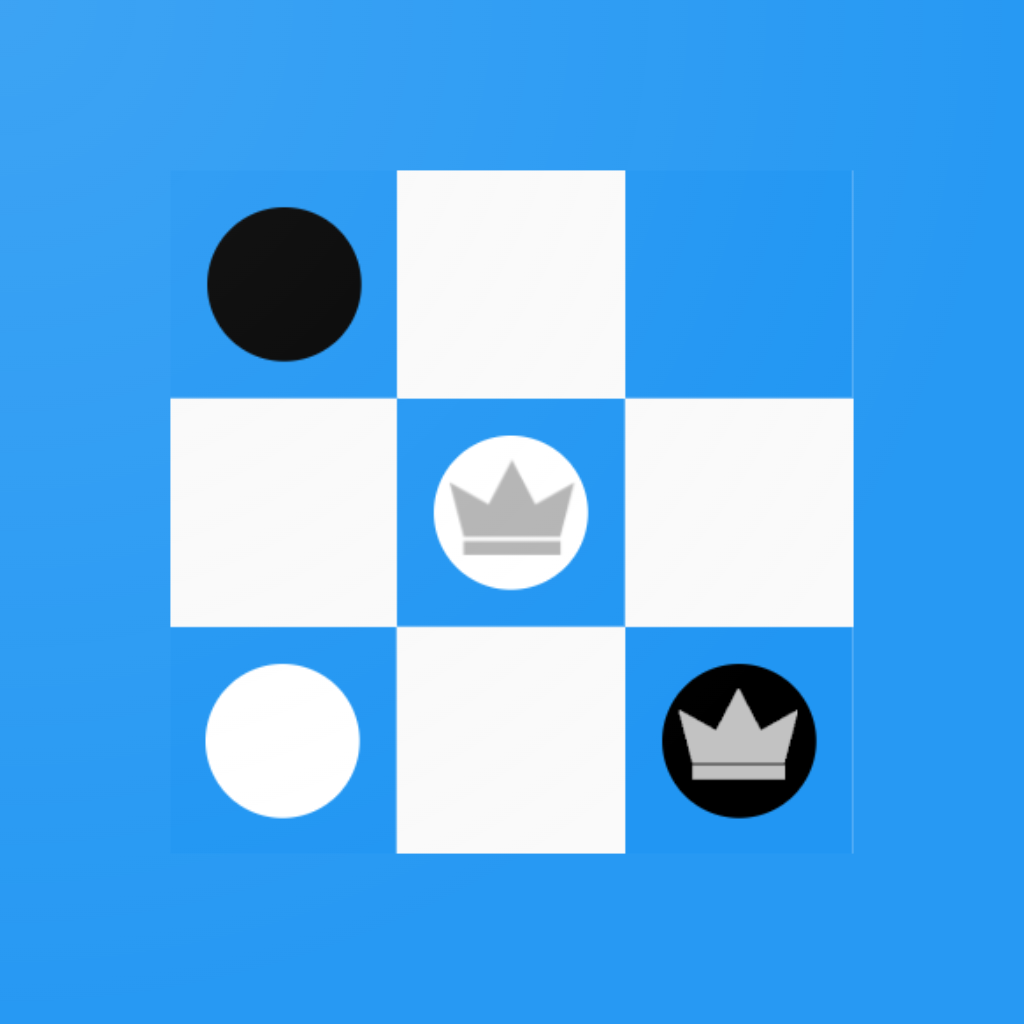 Checkers
Checkers
Checkers is played by two opponents on opposite sides of the game board. One player has the dark pieces (black); the other has the light pieces (white). Players alternate turns. A player can not move an opponent's pieces. A move consists of moving a piece diagonally to an adjacent unoccupied square.


 Coin Flip
Coin Flip
In Coin Flip you flip virtual coins with equal chance to win. Choose head or tail and tap the screen to flip the coin to see if you won

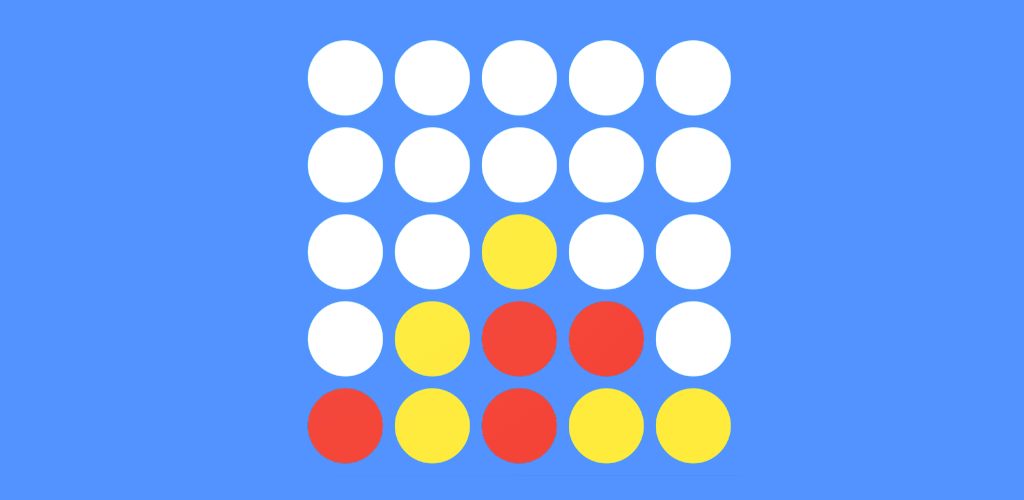
 Four in a Row
Four in a Row
Four in a Row is a two-player connection board game, in which the players choose a color and then take turns dropping colored tokens into a seven-column, six-row vertically grid with pieces occupying the lowest available space within the column. The objective of the game is to be the first to form a horizontal, vertical, or diagonal line of four of one's own tokens.


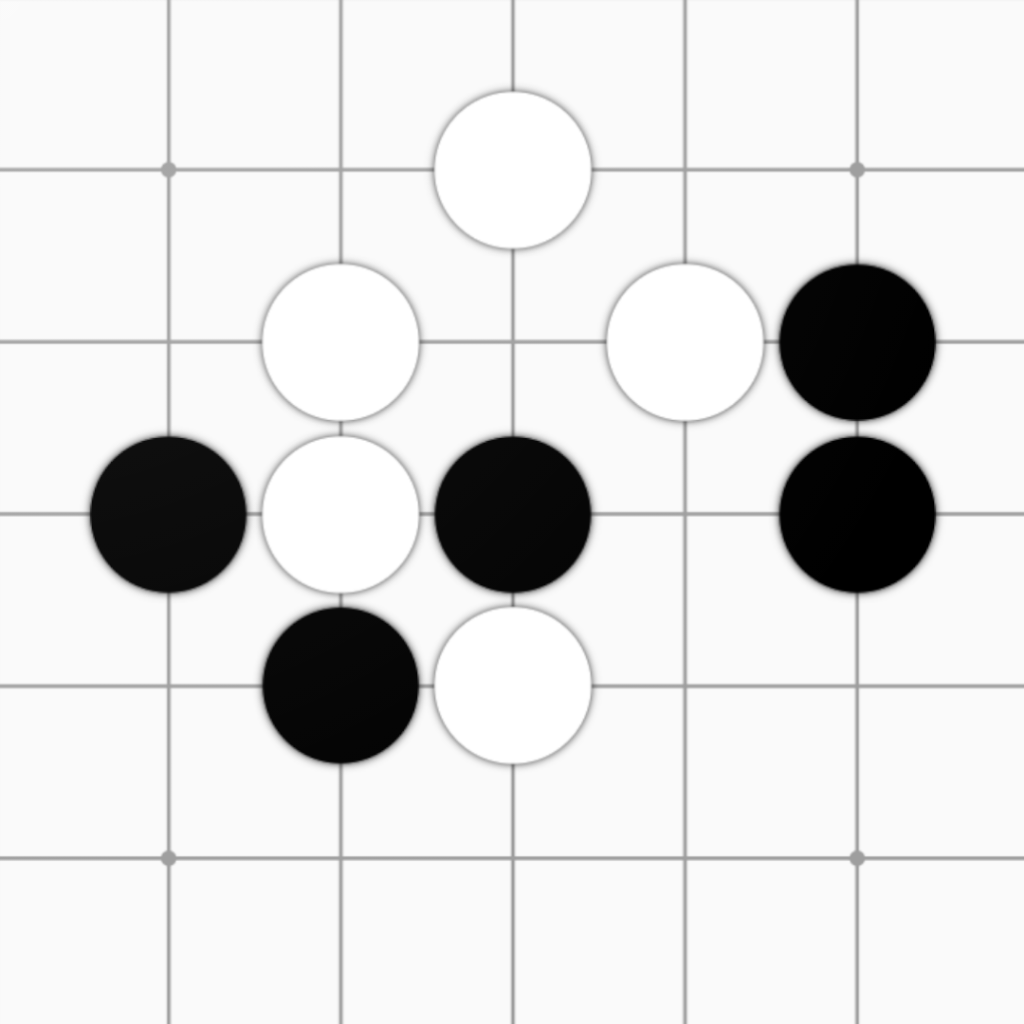 Gomoku
Gomoku
Gomoku players take alternate turns placing a stone of their color on an empty intersection. Black plays first. The winner is the first player to form an unbroken chain of five stones horizontally, vertically, or diagonally.

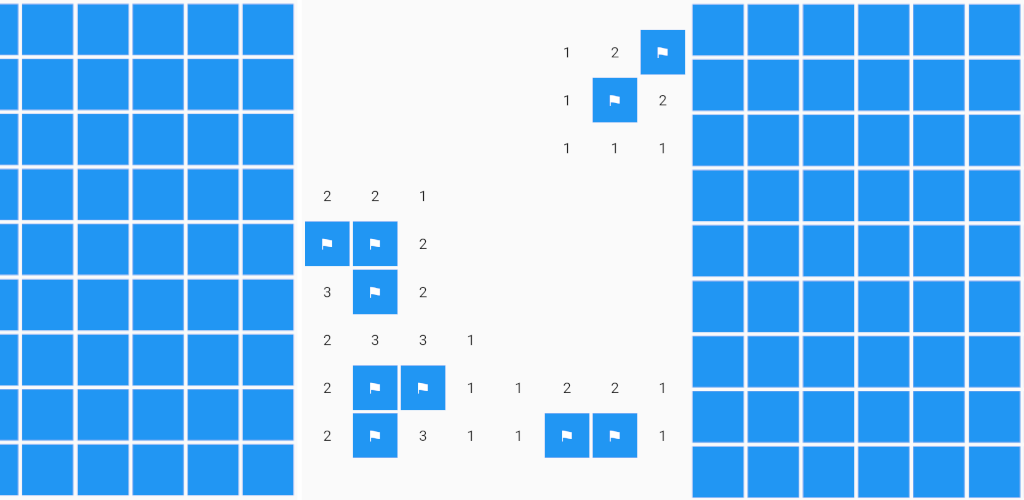
 Minesweeper
Minesweeper
Minesweeper is a single-player video game. The objective of the game is to clear a board containing hidden "mines" or bombs without detonating any of them, with help from clues about the number of neighbouring mines in each field.

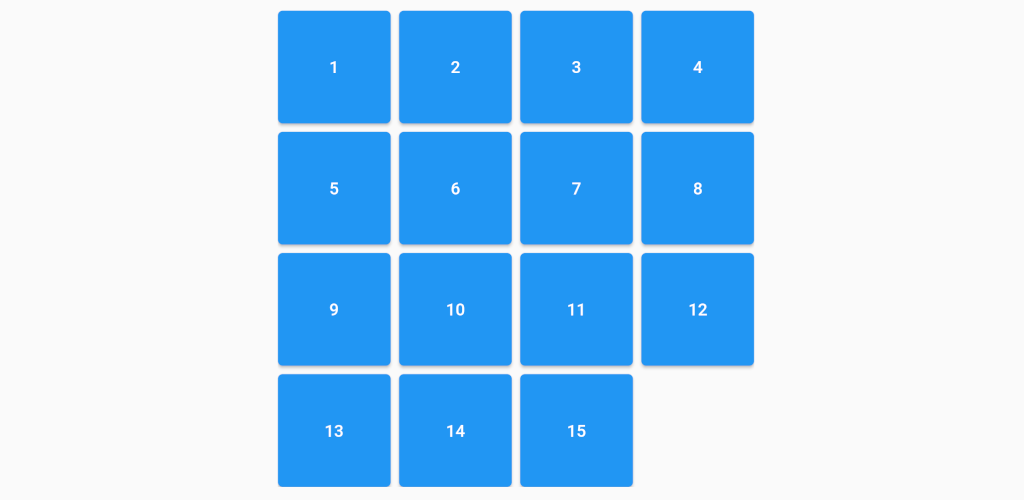
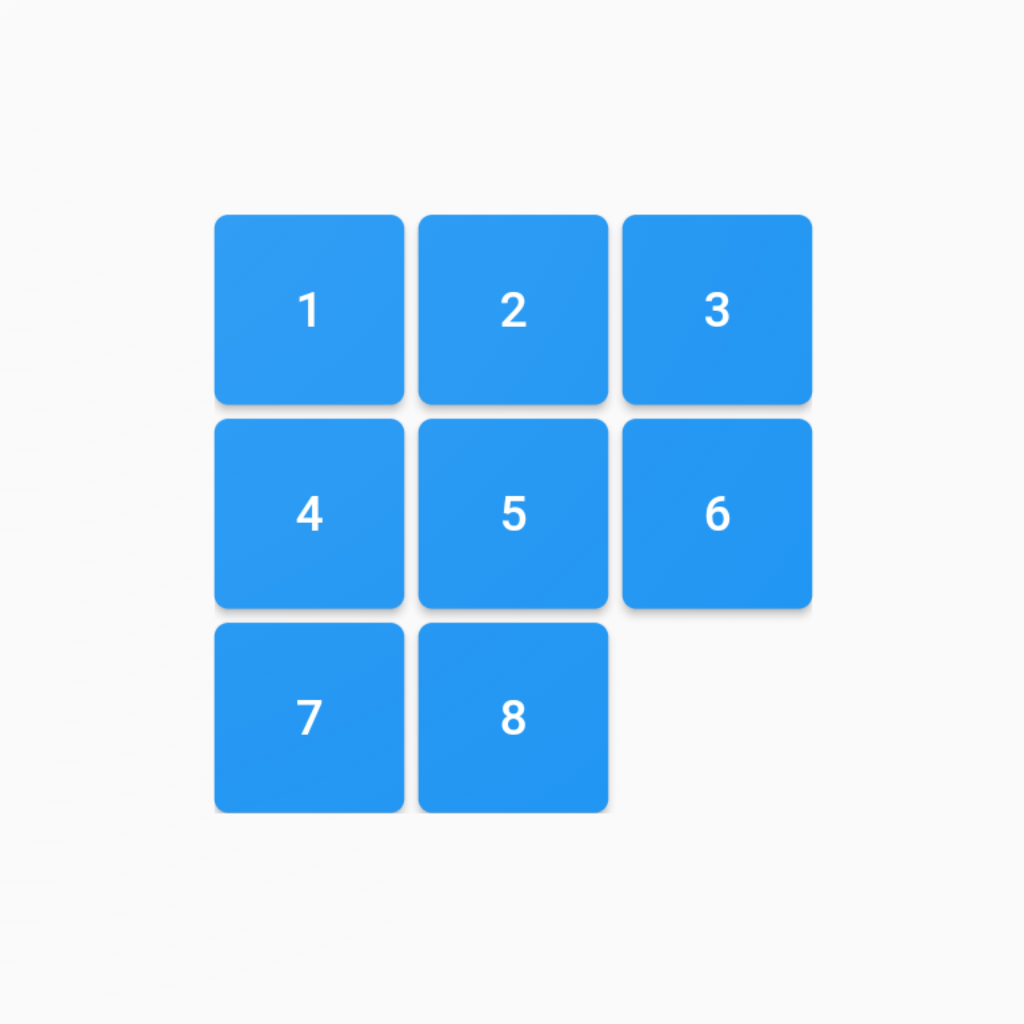 Sliding puzzle
Sliding puzzle
Sliding puzzle is a combination puzzle that challenges a player to slide flat pieces along certain routes on a board to establish a certain end-configuration.

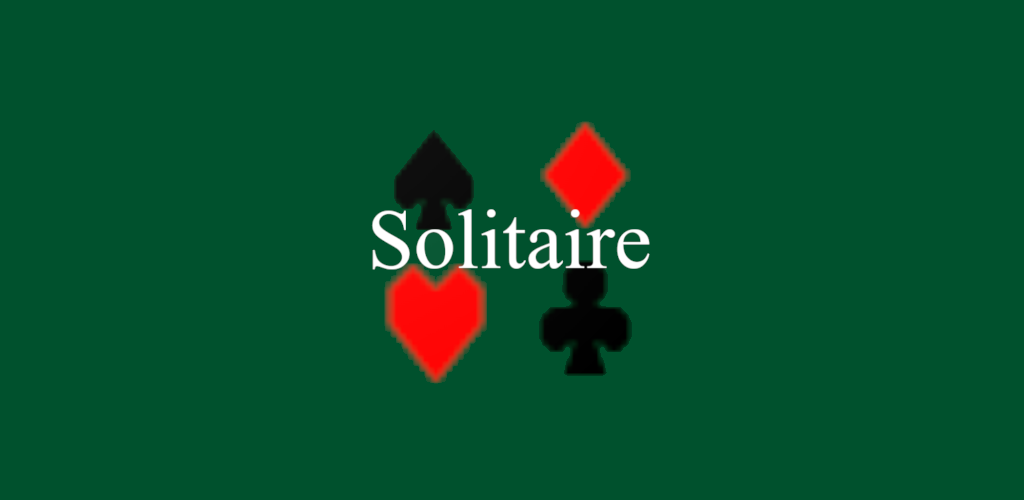
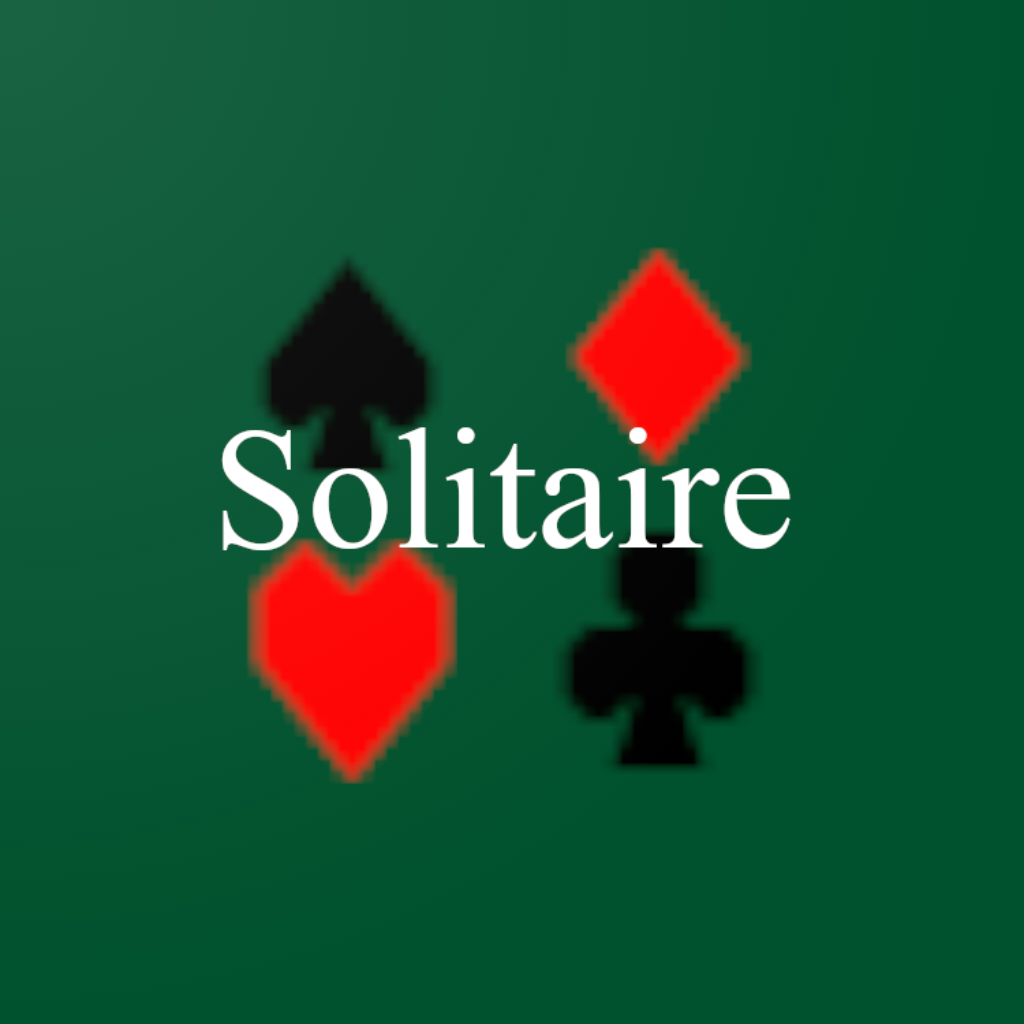 Solitaire
Solitaire
Solitaire is a game with cards and you play klondike version of it. The goal of the game is sorting card according to specific rules. The four foundations (light rectangles in the upper right of the figure) are built up by suit from Ace (low in this game) to King, and the tableau piles can be built down by alternate colors.

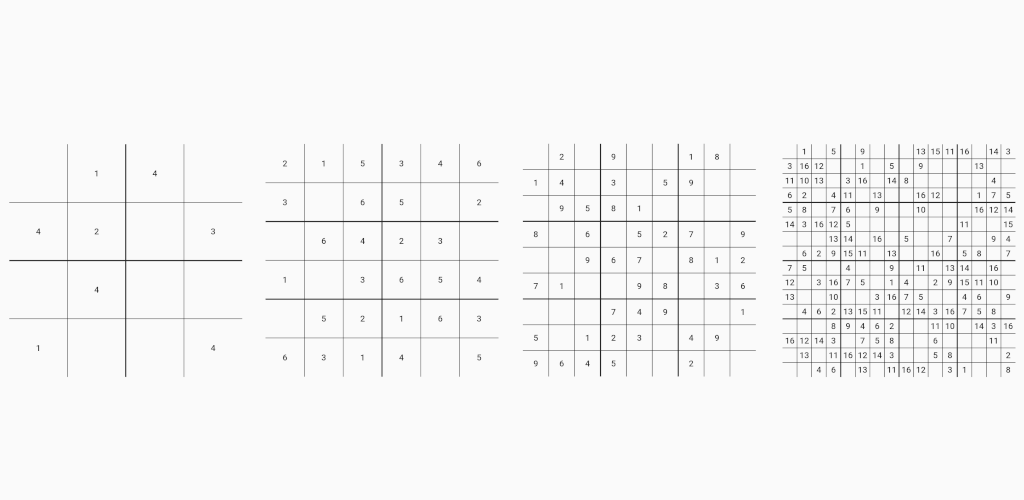
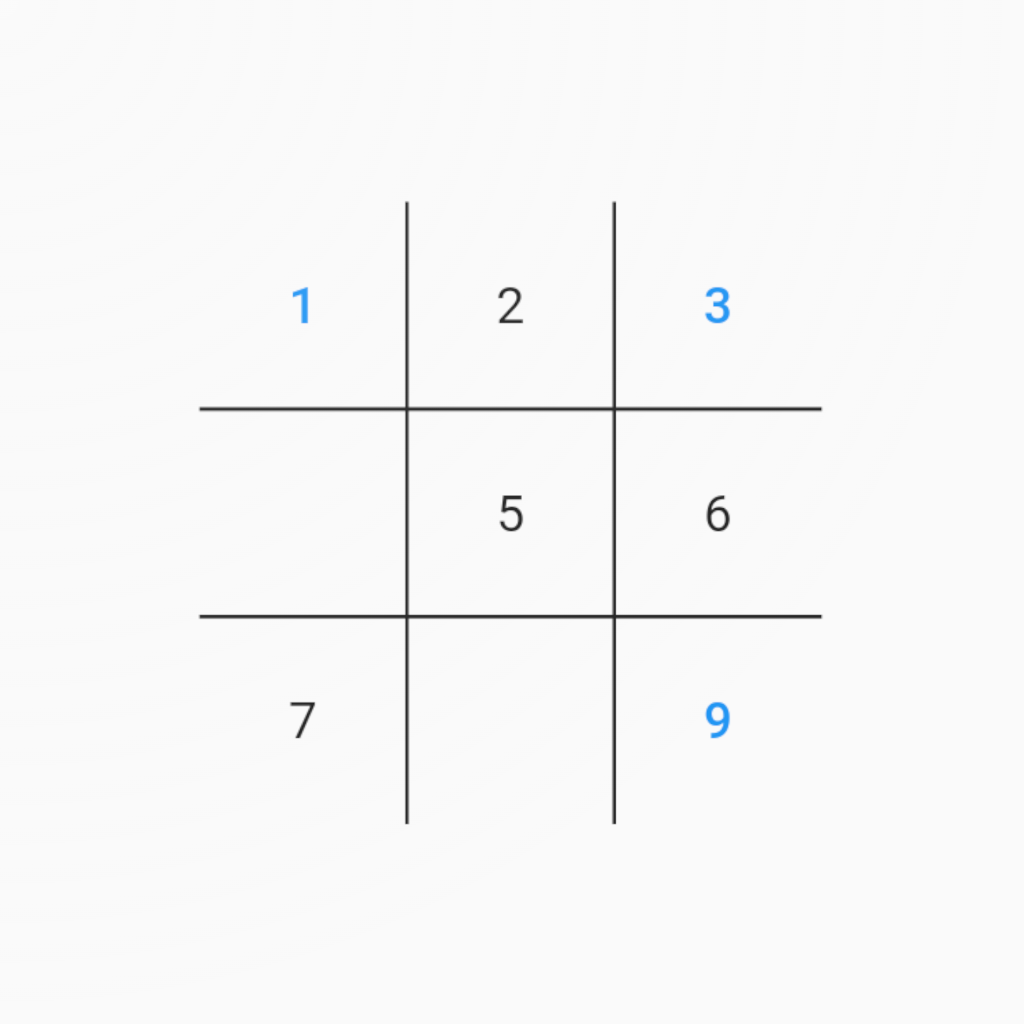 Sudoku
Sudoku
Sudoku is a logic-based, combinatorial number-placement puzzle. In classic Sudoku, the objective is to fill a 9 × 9 grid with digits so that each column, each row, and each of the nine 3 × 3 subgrids that compose the grid (also called "boxes", "blocks", or "regions") contain all of the digits from 1 to 9. The puzzle setter provides a partially completed grid, which for a well-posed puzzle has a single solution.
